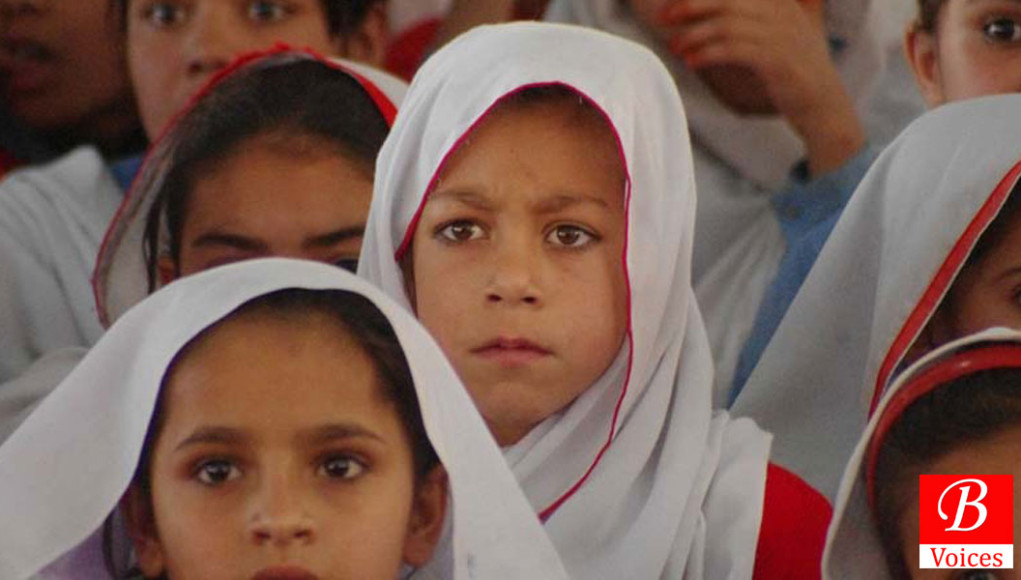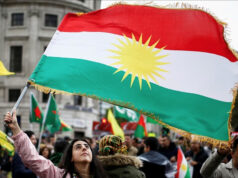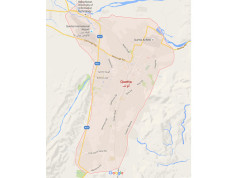 Rameez Ali Mahesar
Rameez Ali Mahesar
Last year, on September 19, 71st session of United Nations General Assembly (UNGA) had arranged a weekly event in which world leaders were also convened in the meeting hosted by the first lady Michelle Obama. The session was entitled “Broadway Shines a light on girls’ education”- a part of let girls learn initiative – in which women in a great deal had partaken.
At the event, three young women from Pakistan, Malawi and Jordan spoke about their personal experiences of education and stressing the significance of girls’ education. Summayka Qadir – a Pakistan’s let girls learn ambassador – told her story on the stage that “I was come from a penurious single-parent household. Despite financial issues, I was acknowledged into medical school and was awarded a full scholarship.”
Later on, by October 2016, “Let girls learn” was also announced by Michelle Obama and Maryam Nawaz Sharif in collaboration with government of Pakistan as a guarantee to sponsor girls’ education in the country. It was proclaimed that additional 200,000 girls through the respective program will be purveyed with education as well as they will be equipped with tools they need to prosper their lives. This vigorous pledge demonstrates that how much the importance both the countries have given to girls’ education. Above all, it was also promised that United States (US) will invest $ 70 million to spur the education of the adolescent girls in Pakistan.
Under the auspices of this program, brilliant students yet underprivileged Pakistani youth are getting admission in bachelor’s or master’s programs and earning their degrees at 31 different partner universities around the country.
The program is no doubt a praiseworthy initiative which is aimed at strengthening the girls’ education and getting such a huge estimation of 22 million girls – who do not attend the schools – enrolled and attended schools. The current scenario indicates as to where are we standing with respect to girls education? In terms of giving up the education, according to gender statistics 2010 girls were revealed as to 4% less than the boys to complete education. And the reasons behind not pursuing studies were also categorized in a research study “Major Issues of Education Sector in Pakistan” executed by Hafza Fayaz and her colleagues in 2014 Their study had revealed that major chunk of 262 out of 650 respondents who left pursuing studies were fallen victims to sheer poverty. This proportion had displayed how much the proportion of people is victim to poverty.
Within Pakistan, the matter of girls’ education since a good deal of time has undoubtedly been hanging. It is reported that almost approximately 22 million girls in Pakistan are not in the schools. Pakistan is a country where half the population is of those who are aged less than 20 years. In addition, two-thirds of the youth is working as self-starting with the ratio being higher for girls.
Sindh as compared to other provinces is far behind in girls’ education. As per figures designed by Alif Ailan, there are 35,551 schools for boys as well as 10,488 schools (the sum of all the levels from primary to higher secondary schools) are for girls in the Sindh but multifold snags have savagely preyed them. Almost exactly all the schools are stripped of basic facilities and nor are they filled with a good ratio of students. According to a media report in May 2017, 49% girls were found out of school in the country. It is also shocking to read the report that 8.6 million children of primary schooling aged or more were found to have never attended schools. The nations, now, have woken up to the significance of female education. But ours is the country which is fraught with multitudinous issues, especially education based.
According to a report evolved by Alif Ailaan in 2016, out of school children ratio was 24 million and 13 million girls were out of schools. Of those girls who enter schools, only 58% complete primary schooling. On the other hand, the net enrolment rate for girls is 53% at the primary level and it further declines to 21% at middle level. Besides, as far as the female literacy is concerned, the report further says, among those aged 15 years and above it is 45%. This reveals the dismal condition of girls’ education in the country.
Despite let girls learn initiative has been launched a year ago, it is not being implemented in the country. It is really disheartening to note that not only has Pakistan brought up short in maintaining its guarantee to make sure all its citizens access to primary education as evolved under the Millennium Development Goal (MDG) 2, but it has also failed in meeting its constitutional onus of offering the access of free and compulsory education to all its children (between the ages of 5 and 16 years). We must wake up to the significance of girls’ education as soon as possible.
The writer is a freelance Columnist based in Naushahro Feroze, Sindh, Pakistan.
Disclaimer: Views expressed in this article are those of the author and Balochistan Voices not necessarily agrees with them.
Share your comments!








